South Shore Coastal Communities

The South Shore of Long Island is a vibrant and diverse region that stretches along the southern edge of the island, facing the Atlantic Ocean and extending from the borough of Queens all the way to the eastern reaches of Suffolk County. Known for its expansive beaches, barrier islands, maritime culture, and working-class roots, the South Shore stands in contrast to the more secluded and hilly North Shore. It is defined by its flat terrain, bayfront communities, and strong ties to boating, fishing, tourism, and suburban living.
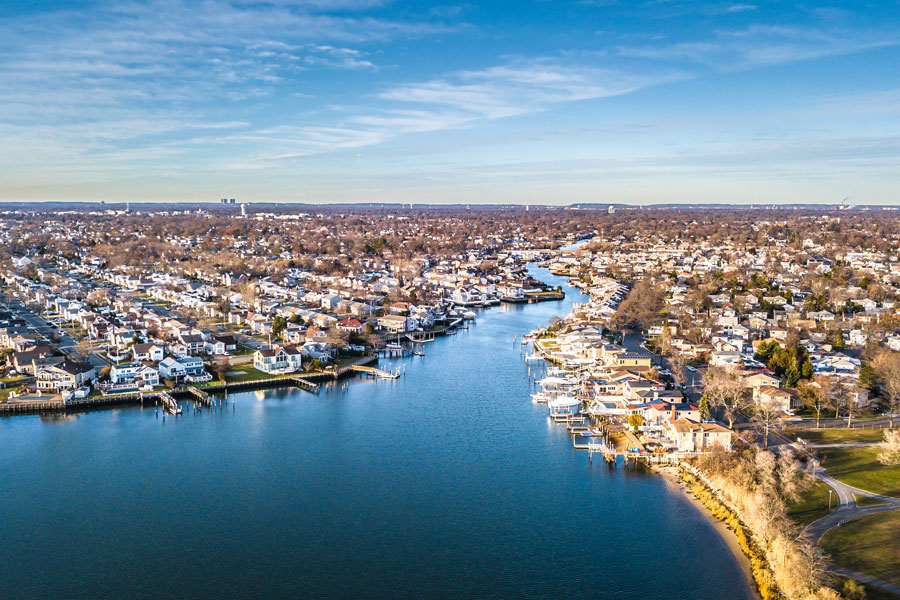
Geographically, the South Shore includes a series of interconnected towns and hamlets situated between the mainland of Long Island and a chain of barrier islands that buffer the coast from the open ocean. These barrier islands include Fire Island, Jones Beach Island, and Westhampton Dunes, many of which are home to world-renowned beaches, boardwalks, and protected parklands. The region is dissected by a network of tidal bays and canals, including Great South Bay, Moriches Bay, and Shinnecock Bay, which not only contribute to the area’s natural beauty but also support a thriving ecosystem of marshlands and marine life.
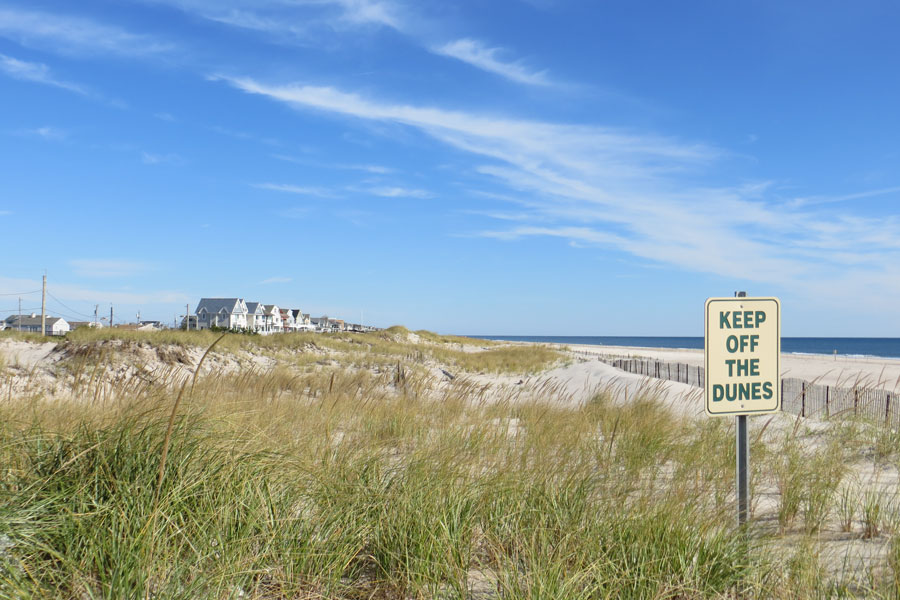
The South Shore has long played an important role in the island’s development. It was originally settled by Dutch and English colonists in the 17th century, and over time, many of its towns grew into working waterfront communities centered around fishing, boat building, and maritime trade. This legacy continues today, especially in towns like Freeport, Bay Shore, and Patchogue, where active marinas, commercial fishing fleets, and seafood restaurants are central to local culture and commerce. Fire Island, just offshore, became a seasonal destination in the early 20th century and continues to be a beloved getaway spot known for its car-free communities, natural dunes, and eclectic beach towns.
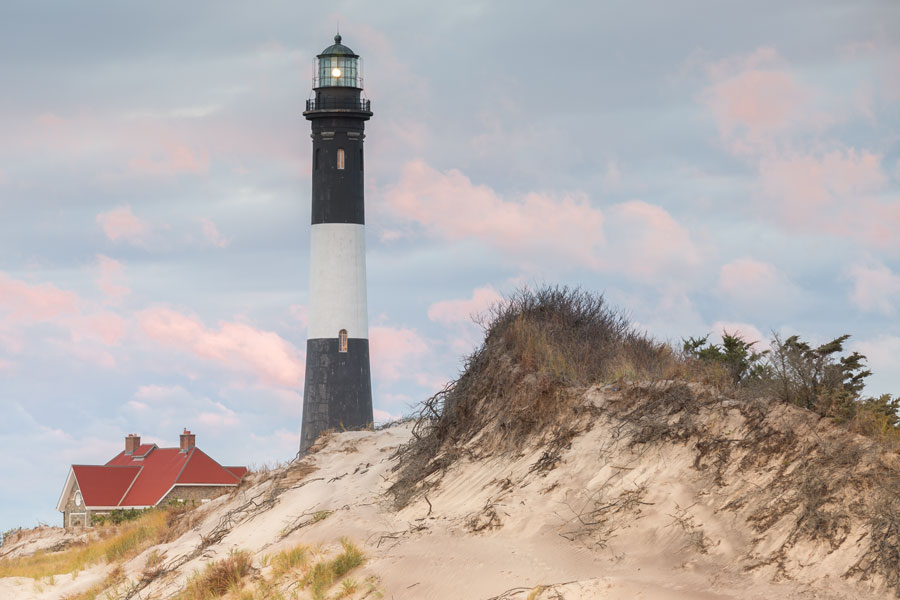
One of the South Shore’s most defining features is its public access to the coast. The area is home to some of the most famous and heavily visited beaches on the East Coast, including Jones Beach State Park, Robert Moses State Park, and Smith Point County Park. Jones Beach, in particular, has drawn millions of visitors since its creation in the 1920s by urban planner Robert Moses and remains a symbol of New York’s summertime recreation. These parks offer not only swimming and sunbathing but also fishing piers, nature trails, outdoor concerts, and family-friendly amenities. The coastline is also protected by a number of environmental initiatives aimed at preserving sand dunes, bird nesting areas, and marine habitats.
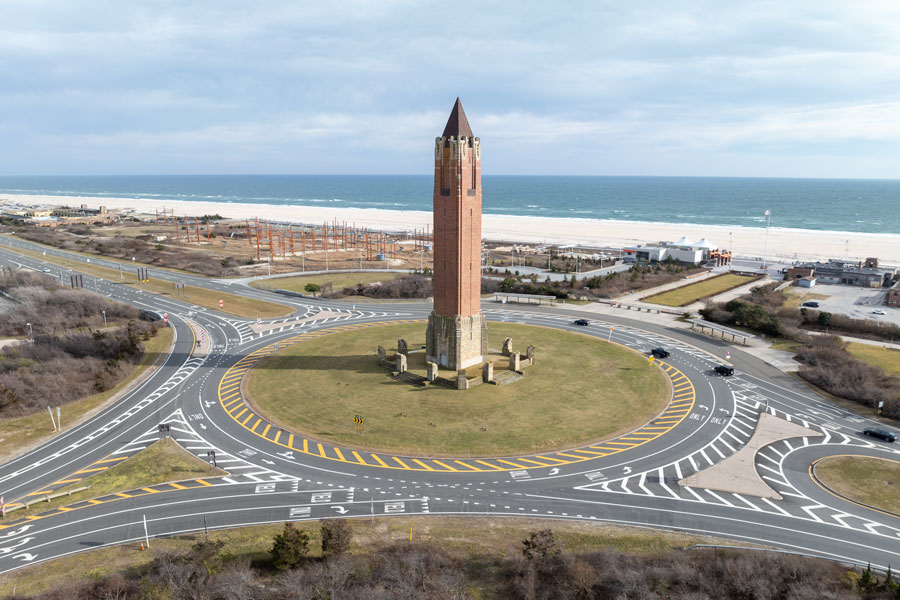
Inland, the South Shore is marked by a mix of suburban neighborhoods, commercial corridors, and bustling downtowns. Communities such as Rockville Centre, Baldwin, Babylon, Sayville, and Patchogue have evolved into lively hubs with walkable business districts, train access via the Long Island Rail Road’s Babylon and Montauk branches, and a growing emphasis on dining, entertainment, and arts. Patchogue, for example, has undergone a significant revitalization in recent years, attracting visitors with its waterfront park, restored theater, and craft brewery scene. Further east, towns like Bellport and Westhampton Beach offer a quieter, more upscale beach-town experience with historic homes and boutique shops.

Economically, the South Shore supports a wide range of industries, from tourism and marine services to healthcare, construction, and retail. The proximity to John F. Kennedy International Airport in nearby Queens also plays a major role in regional logistics and employment. Education is another strength, with several well-regarded public school districts including Wantagh, Sayville, and West Islip. Suffolk County Community College has campuses on the South Shore, and the area is served by branches of Stony Brook University and Farmingdale State College.
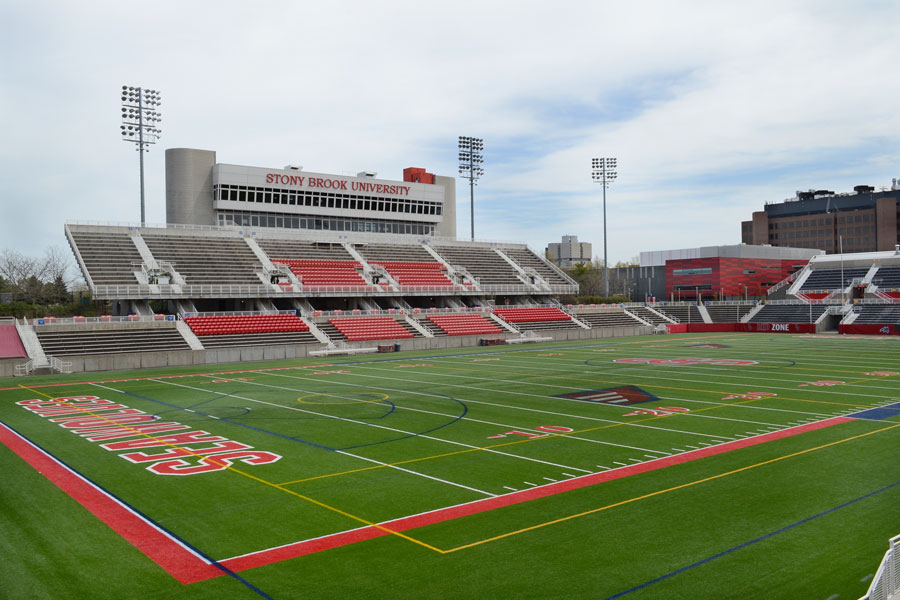
Culturally, the South Shore has a strong sense of local identity and community pride. Annual festivals, parades, and waterfront events are common, celebrating everything from seafood and clams to music and the arts. The region also has a deep connection to military service and first responders, with many residents employed in law enforcement, fire services, and the armed forces. This civic-minded spirit is reflected in the area’s numerous volunteer fire departments, community organizations, and veterans’ groups.

The South Shore of Long Island is also more prone to the forces of nature, especially during hurricane season. Communities along the water have faced challenges from storms like Hurricane Sandy in 2012, which caused widespread flooding and damage. Since then, extensive efforts have been made to reinforce shorelines, raise infrastructure, and enhance emergency preparedness. Despite these risks, the appeal of coastal living remains strong, with real estate ranging from modest canalfront homes to luxurious oceanfront estates.
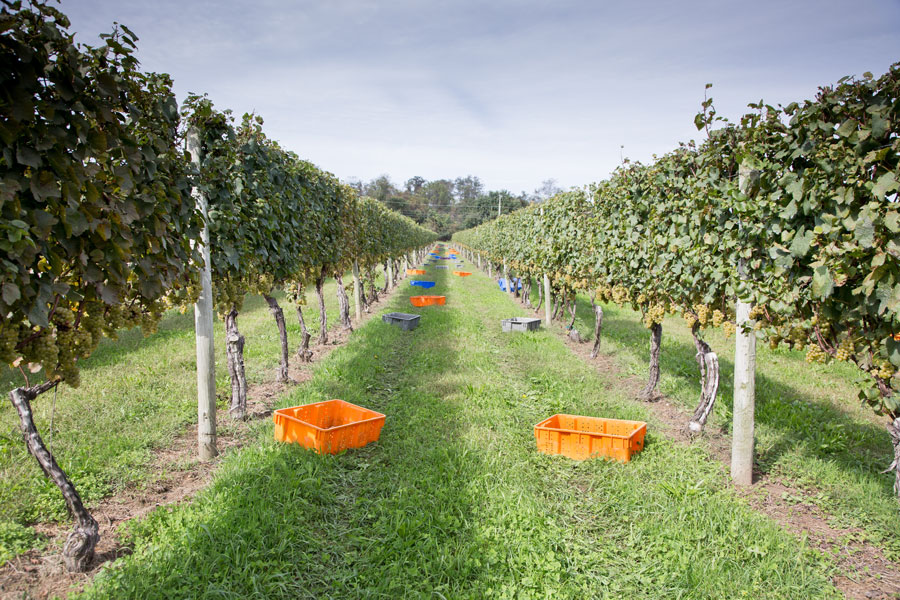
In summary, the South Shore of Long Island is a dynamic region that offers something for everyone – from beachgoers and boaters to commuters and lifelong residents. Its blend of recreational opportunities, historical roots, cultural diversity, and ocean access make it one of the most beloved and livable areas in the state. Whether you’re walking the boardwalk at Jones Beach, exploring the fishing docks of Freeport, or watching the sunset over Great South Bay, the South Shore embodies the spirit of Long Island’s coastal charm.

